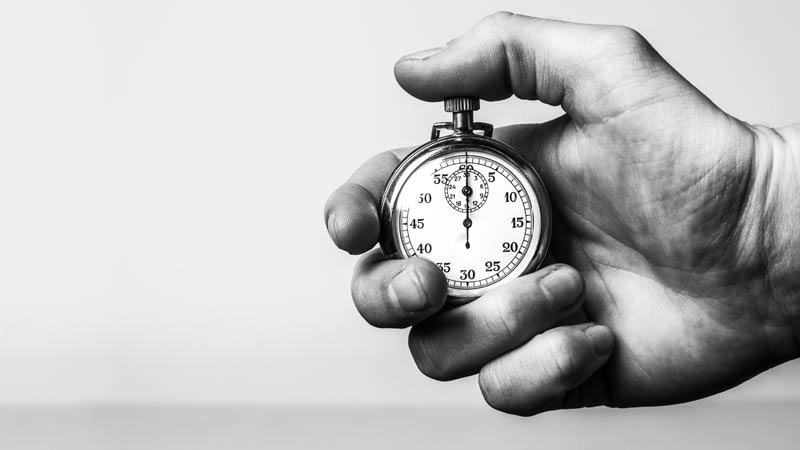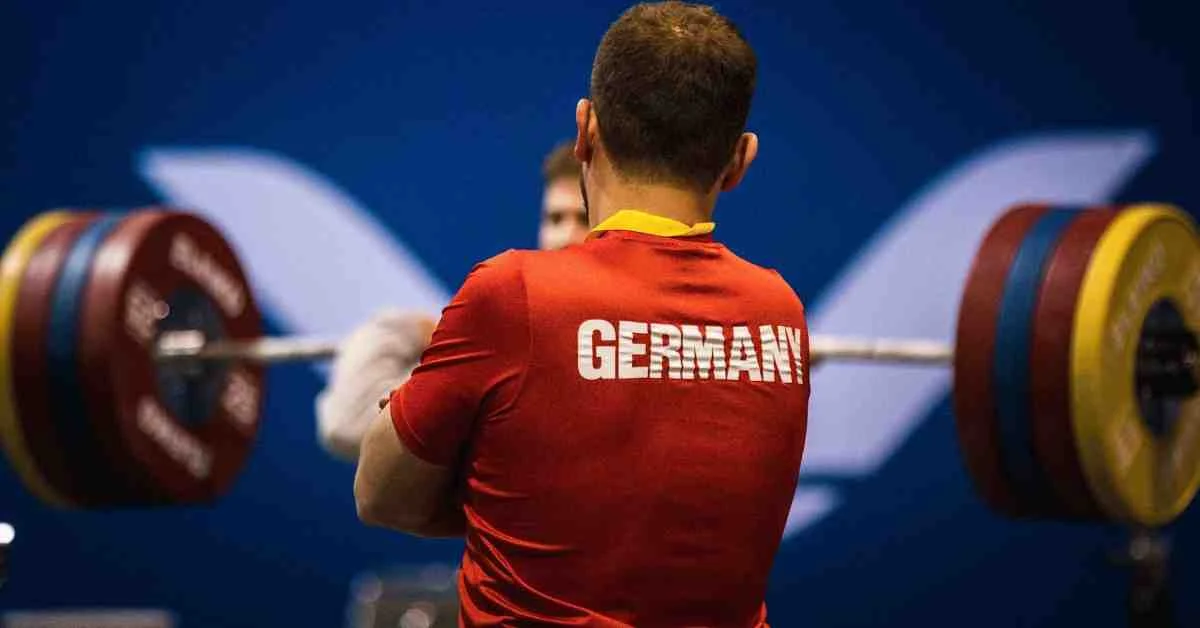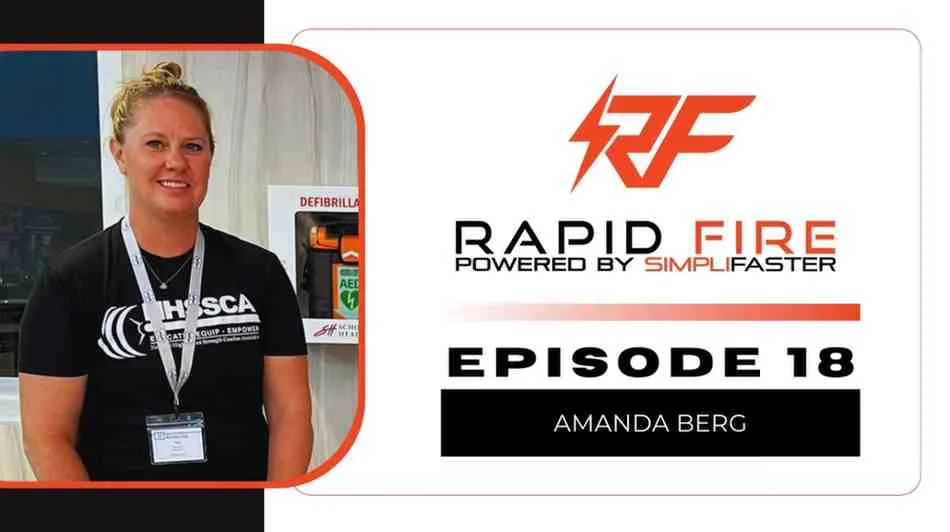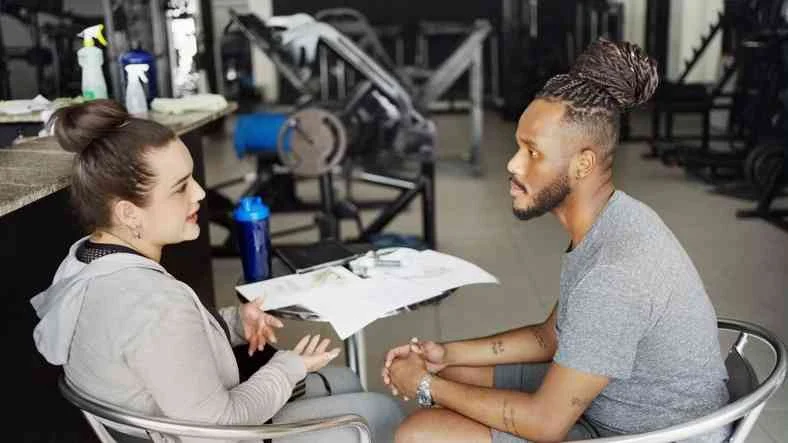
“Facts are stubborn, but statistics are more pliable.” – Mark Twain
“There are lies, damned lies, and statistics.” – Mark Twain
“Cognitive psychology tells us that the unaided human mind is vulnerable to many fallacies and illusions because of its reliance on its memory for vivid anecdotes rather than systematic statistics.” – Steven Pinker
It is getting close to camp time, which means coaches get out their stopwatches and time 40s. I am always amazed at what I hear. High school athletes strut around and claim 4.4s or 4.5s like they are an everyday occurrence. But these are 15- and 16-year-old adolescents. More often than not— in fact almost all of the time—the math doesn’t seem to add up.
The athlete with a 24-inch vertical jump doesn’t run a 4.4. A 55m sprinter who runs a 6.9 FAT doesn’t run a 4.4. An 11.5 100m dash does not equate to a 4.4. It is mathematically impossible for an athlete to run that time and still get a 4.4. Yet that is what I hear. I think that track is catching on with college recruiters because it is easy to see who truly is fast. Timers don’t lie. Electronic timers provide facts. A 4.4 is a statistic or other things according to Mark Twain, who ran 4.47 in Clinton, Iowa, in 1871. A 4.4 is an illusion for most. So let’s look at this magical number more closely.
How the 40 is being timed is the first question that needs to be asked. The only measure that makes sense to me is a true electronic-to-electronic timer. Athletes start the clock when their hand comes off a touchpad, and stopit when their bodies break an electronic barrier of some sort. That is the most exact method I can think of (such as Freelap timers).
Even the NFL combine is slightly off. Scouts sitting near the finish line manually start each player. To my knowledge, there is no research on the time difference between purely electronic and combine style. In track, the conversion between FAT and handheld in a 55mm dash is .24 seconds. From that point, it is the Wild West.
Two different papers in the Journal of Strength and Conditioning found that hand timing is significantly faster than electronic timing. In both papers, the researchers claim that the handheld timers were experienced. I am guessing that means they practice with electronic timers to see how close they get to its results. In the 2010 paper, the differences between the timers ranged from .14 to .19. The result was a difference between .22 and .31 between pure electronic and hand-held (personally, I range from .24 to .3 with the Freelap). That is a substantial difference in a world that lives in the hundredths. Now, throw in high school coaches using their thumbs to stop the watch or their cell phones, and numbers can be crazy and incredibly inaccurate. And how many of those coaches have not timed a 40 since the previous summer? I can see 4.4 in this scenario.
The next variables are shoes and surfaces. There are huge differences in time when these are added. When we run fly 10s, the range when athletes wear spikes or flats is from .03 to .06. My faster runners have bigger differences. Stretch that out 20 more yards and those hundredths start to add up. This does not take into account the start, when athletes need the most traction. I have no numbers for this because everyone always seems to remember to bring spikes on start days.
Surfaces make a huge difference too. A hot, hard track is always faster than poorly groomed turf, a basketball court, or the parking lot. Training shoes don’t do so well on a basketball floor.
What brings me to this rant is the fact that most high school athletes think they should be running incredible times. But their numbers don’t match reality. I have an NFL player who plays slot, gunner, and anti-gunner. He has run 4.47 and 4.48 for three NFL teams. His current team told him that he is their 3rd fastest. He ran 40s on an old track in 4.71 on the Freelap. (His Nike Frees are about the worst shoe you can run in. They tip your foot forward and cause your forefoot to jam into the ground, hence becoming a brake.) At the same time, same practice, my best sprinter (10.83 FAT) ran a 4.51 40 in spikes. Is one faster than the other? They are close, but on this day, with different shoes, they were different.
Now the dose of reality. These are positional averages for NFL combines from 2007 to 2012, thanks to Wikipedia. Remember, being the best in each position usually has some correlation with speed.
| Position | Time |
| Wide receiver | 4.55 |
| Cornerback | 4.55 |
| Running back | 4.59 |
| Safety | 4.62 |
| Outside Linebacker | 4.74 |
| Tight End | 4.77 |
| Fullback | 4.80 |
| Inside Linebacker | 4.80 |
| Quarterback | 4.87 |
| Defensive End | 4.88 |
| Defensive Tackle | 5.13 |
| Offensive Center | 5.30 |
| Offensive Tackle | 5.32 |
| Offensive Guard | 5.36 |
These are hand-started, beam-finished averages. That means for each WR who runs a 4.4, another runs a 4.7. And your fastest guys rarely weigh more than 190 pounds. So, if you’re a running back or wide receiver with a 4.4, welcome to the top of the class!
What are some good markers for HS athletes? My base workout distance is 10m. I like meters because athletes focus too much on trying to convert to a 40 time rather than on finding top speed. Anything under 1.0 in the fly 10 is really good for a high school athlete. My best HS athlete’s time was .95. If they are slightly over 1.0, they can still run a 4.4/4.5. The start is a huge component. In fact, most NFL 4.4s have great starts but never stand up for top-end speed. Your sub-4.4s are the ones who can transfer from acceleration to top-end speed.
Our starts are in yards. Guys who end up running decent times can go under 3 seconds electronically in the 20yd and 4 seconds in the 30yd. Those are realistic marks for good high school athletes. Any high school athlete under 5.0 in a 40 electronic is fast.
Now, this is all only relevant if you are truly interested in seeing your players get faster and checking if your program is making athletes faster. You don’t have to share these times with the college recruiters. Let them figure it out on their own, or subtract 0.3 from their best Freelap 40.




